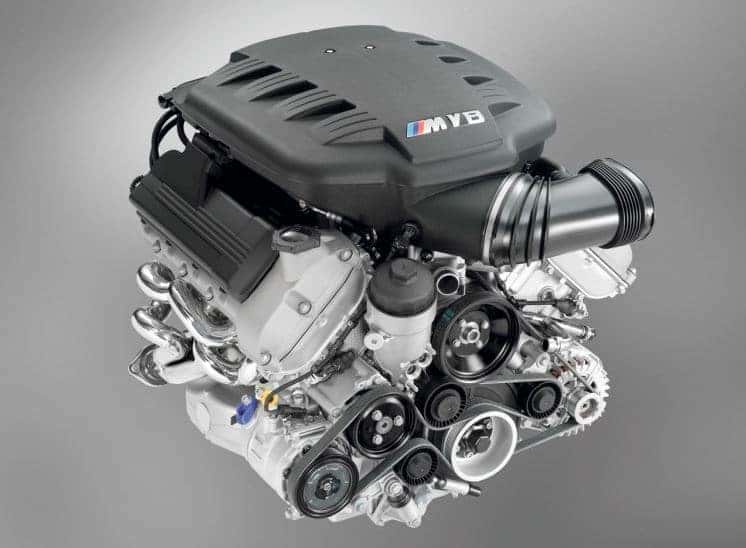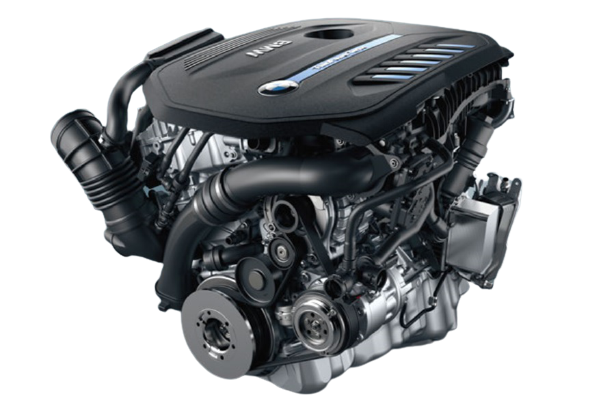How to Maintain Your BMW Engine for Optimal Performance and Durability
How to Maintain Your BMW Engine for Optimal Performance and Durability
Blog Article
Discovering the Evolution of Combustion Engines in Modern Transportation Systems
As we browse the landscape of modern-day transportation, the development of burning engines stands as a testament to human resourcefulness and engineering expertise. The interplay of history, modern technology, and ecological problems in shaping the trajectory of burning engines produces a narrative that is both informative and compelling.
Very Early Beginnings of Combustion Engines
Exactly how did the concept of burning engines very first arise in the beginning of transportation advancement? When the concepts of internal combustion were initial discovered, the roots of burning engines can be mapped back to the 17th century. In 1673, Christian Huygens conceptualized a standard inner burning engine that used gunpowder to generate power. It wasn't up until the late 19th century that useful applications of combustion engines in transport started to arise.
The development minute came with the innovation of the first effective gasoline-powered engine by Karl Benz in 1885 - bmw engine. This engine led the way for the advancement of the modern-day automobile, reinventing transport systems worldwide. Succeeding developments by Nikolaus Otto and Gottlieb Daimler better improved combustion engine innovation, causing the mass manufacturing of automobiles and the quick growth of the transport market
These early combustion engines were characterized by their simplicity and efficiency, laying the foundation for the complex and effective engines made use of in modern-day transport systems. The advancement of burning engines has contributed in shaping the way we travel and transport products, noting a substantial turning point in the history of transportation development.
Transition to Internal Combustion Innovation
The transition to inner burning innovation marked a pivotal change in the development of transportation systems. This change started in the late 19th century, with creators like Nikolaus Otto and Gottlieb Daimler developing the initial effective internal burning engines. These engines reinvented transportation by offering an extra effective and powerful alternative to vapor engines and electric motors.
Among the crucial advantages of inner combustion engines was their ability to be reduced to suit lorries, resulting in the advancement of motorbikes and vehicles. This shift from bulky, fixed engines to portable, mobile ones led the way for the contemporary transport systems we see today.
The shift to inner combustion modern technology likewise stimulated improvements in gas innovation, leading to the advancement of fuel and diesel as main gas sources for automobiles. This change not only made transport more easily accessible to the masses but likewise laid the structure for the oil and gas industry to end up being indispensable to global economic situations.
Impact of Combustion Engines on Transport
The fostering of combustion engines in transportation systems militarized a profound shift in the performance and rate of global wheelchair. Burning engines revolutionized transportation by supplying a reliable and flexible source of power for various automobiles, consisting of cars, trucks, planes, and ships. This development considerably improved the ability for individuals and items to conform lengthy ranges in much shorter timespan, leading to increased connectivity between regions and nations.
Furthermore, the widespread use combustion engines has had a considerable impact on economic development. The ability to transfer goods efficiently has spurred profession and business, enabling services to increase their markets and get to customers worldwide. This has helped with economic development and globalization, as items can now be carried quicker and in larger amounts than ever before.
Nonetheless, the ecological influence of burning engines can not be ignored. The combustion of fossil fuels has actually caused air pollution and greenhouse gas emissions, adding to environment modification and posing health threats to populations. bmw engine. Therefore, there is an expanding focus on developing alternate propulsion technologies to minimize these unfavorable effects and develop a much more sustainable future for transport
Developments in Burning Engine Style
Various innovations in combustion engine design have actually moved the advancement i loved this of transportation systems over the years. One noteworthy innovation is the advancement of turbocharged engines, which use exhaust gases to drive a generator that compresses inbound air, permitting even more fuel to be burned, resulting in raised power outcome without a substantial increase in engine dimension. Additionally, direct injection modern technology has enhanced gas effectiveness and efficiency by specifically controlling the internet quantity and timing of fuel infused into the burning chamber. Variable valve timing systems have additionally transformed engine layout by optimizing air flow at various engine speeds, improving both power and performance. Another considerable innovation is the integration of lightweight products such as carbon fiber and light weight aluminum alloys, reducing general engine weight and boosting lorry fuel economic climate. Developments in computer-aided style have actually made it possible for designers to maximize engine efficiency and performance via simulations prior to physical models are built, conserving time and sources in the development procedure. These innovations collectively add to the continuous improvement of combustion engines in modern transportation systems.
Future Trends in Burning Engine Advancement
With innovation advancements driving continual advancement, the future of combustion engine development is positioned to transform transportation systems around the world. Among the essential fads in burning engine development is the press towards greater performance and decreased emissions. Makers are investing greatly in r & d to improve engine performance while fulfilling strict ecological guidelines. This includes the combination of advanced gas injection systems, enhanced turbocharging methods, and the usage of lightweight products to optimize gas consumption and minimize carbon emissions.
One more noticeable trend is the fostering of crossbreed technologies in burning engines. Crossbreed engines combine standard burning technology with electric power, supplying improved fuel effectiveness and reduced exhausts. As the automotive market changes in the direction of electrification, crossbreed burning engines are seen as a transitional service that connects the void in between conventional vehicles and fully electric ones.
Additionally, the assimilation of clever modern try these out technologies, such as expert system and data analytics, is expected to play a considerable function in the future of burning engine advancement. These technologies can maximize engine efficiency in real-time, bring about more efficient burning procedures and improved total lorry efficiency. Welcoming these future fads will certainly not just drive advancement in burning engine advancement however additionally contribute to a more lasting and eco pleasant transportation community.

Final Thought
Finally, the advancement of burning engines in modern-day transport systems has actually been noted by significant advancements in technology and design. From the early beginnings of combustion engines to the transition to interior burning modern technology, these engines have actually had an extensive effect on transport. Advancements in combustion engine style remain to drive progress in this field, with future fads concentrating on more boosting performance and minimizing discharges. The future of combustion engines in transportation looks promising as r & d initiatives remain to push borders.
The origins of combustion engines can be mapped back to the 17th century when the principles of internal burning were initial checked out. These engines reinvented transportation by supplying a much more effective and effective alternative to vapor engines and electric motors.

Report this page